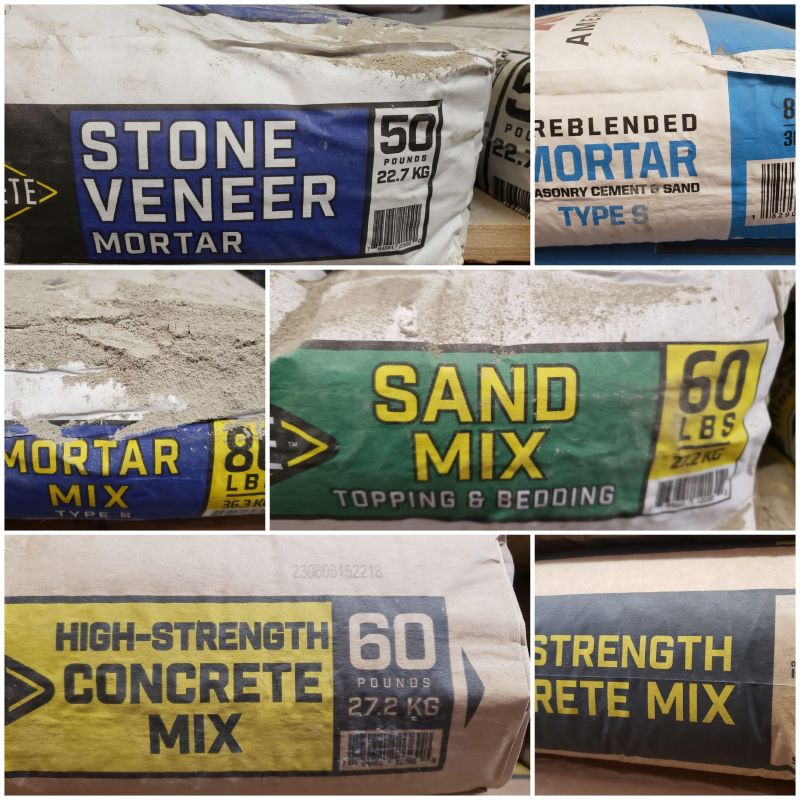
There are various types of cement, each with specific properties and uses. The primary types of cement include:
1. Ordinary Portland Cement (OPC)
- Grades: OPC is available in three grades based on its compressive strength (measured in MPa) after 28 days: 33 Grade, 43 Grade, and 53 Grade.
- Uses: General construction, including buildings, bridges, pavements, and where high strength is required.
2. Portland Pozzolana Cement (PPC)
- Composition: OPC mixed with pozzolanic materials like fly ash, volcanic ash, or silica fumes.
- Advantages: Greater resistance to chemical attacks, reduced permeability, and improved workability.
- Uses: Hydraulic structures, marine structures, mass concreting, and construction in aggressive environments.
3. Rapid Hardening Cement
- Properties: Gains strength faster than OPC, reaching significant strength in just a few days.
- Uses: Road repairs, precast concrete, and situations requiring quick formwork removal.
4. Sulfate Resisting Cement (SRC)
- Properties: Resistant to sulfate attacks, preventing concrete deterioration due to sulfates in soil or water.
- Uses: Construction in sulfate-rich environments, such as coastal areas, wastewater treatment plants, and foundations in aggressive soils.
5. Low Heat Cement
- Properties: Produces less heat during hydration, reducing the risk of thermal cracking in large concrete pours.
- Uses: Mass concrete works like dams, retaining walls, and large foundations.
6. High Alumina Cement
- Properties: Contains a high percentage of alumina, providing high early strength and resistance to chemical attacks.
- Uses: Refractory concrete, construction in extreme chemical environments, and structures exposed to high temperatures.
7. White Cement
- Properties: Similar to OPC but with a white color due to the absence of iron and manganese oxides.
- Uses: Decorative works, precast curtain walls, terrazzo flooring, and architectural finishes.
8. Air-Entraining Cement
- Properties: Contains air-entraining agents that introduce tiny air bubbles into the concrete, improving workability and resistance to freeze-thaw cycles.
- Uses: Pavements, exposed concrete structures in cold climates, and where improved workability is desired.
9. Oil Well Cement
- Properties: Formulated to withstand high temperatures and pressures encountered in oil wells.
- Uses: Cementing oil wells and gas wells.
10. Masonry Cement
- Properties: Contains additional plasticizers to enhance workability and bonding.
- Uses: Masonry work, plastering, and rendering.
11. Expansive Cement
- Properties: Expands slightly after setting, counteracting shrinkage and reducing cracks.
- Uses: Grouting anchor bolts, sealing cracks, and where minimal shrinkage is required.
12. Hydrophobic Cement
- Properties: Treated with hydrophobic agents to repel water and reduce water absorption.
- Uses: Construction in water-logged areas and for waterproof structures.
Each type of cement is tailored for specific applications, providing different benefits such as enhanced durability, early strength, resistance to chemical attacks, or aesthetic finishes.
